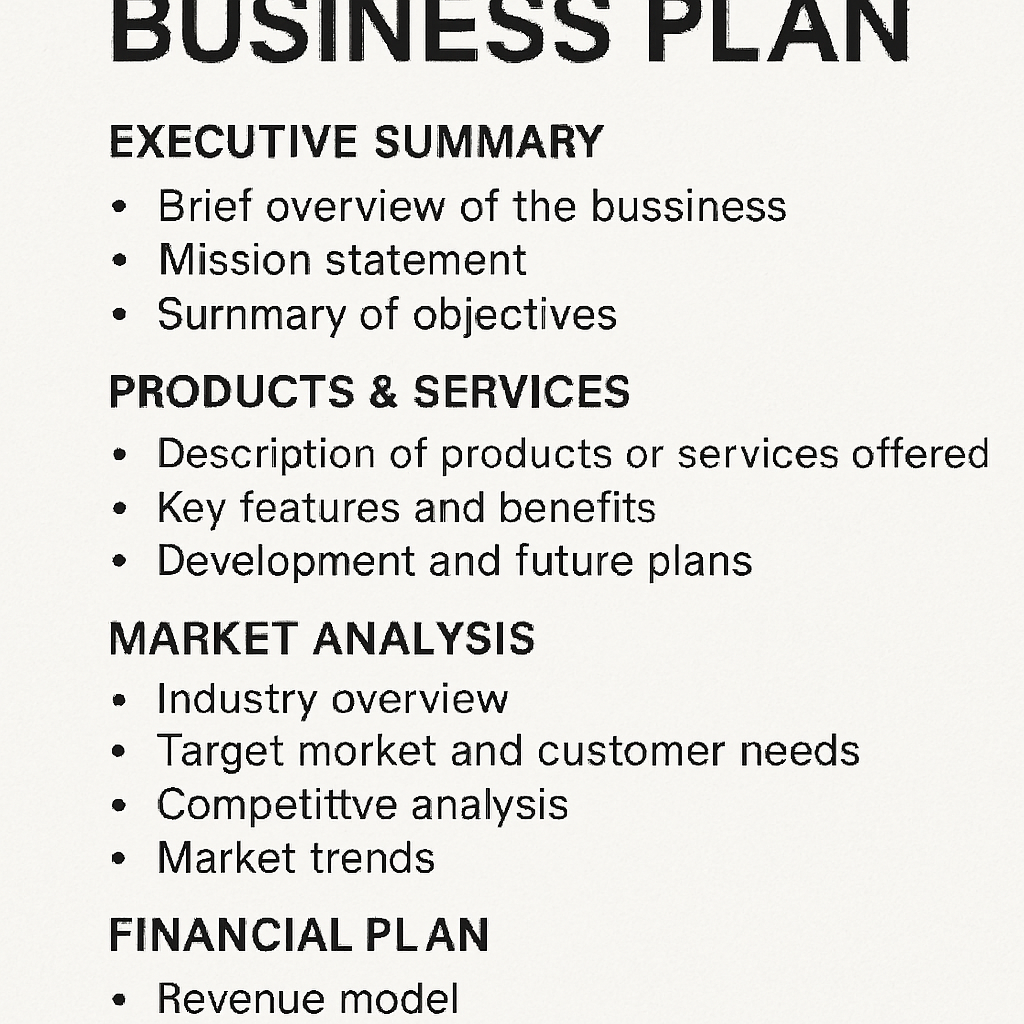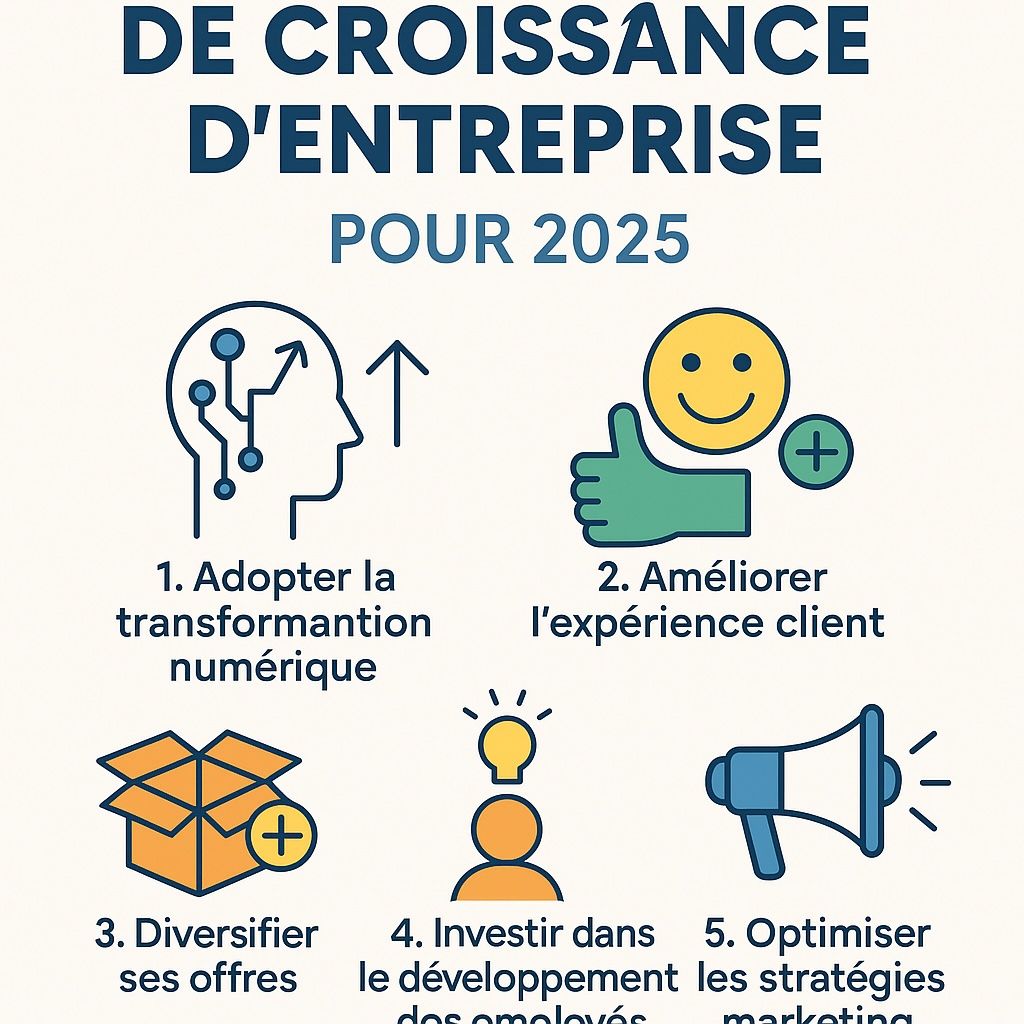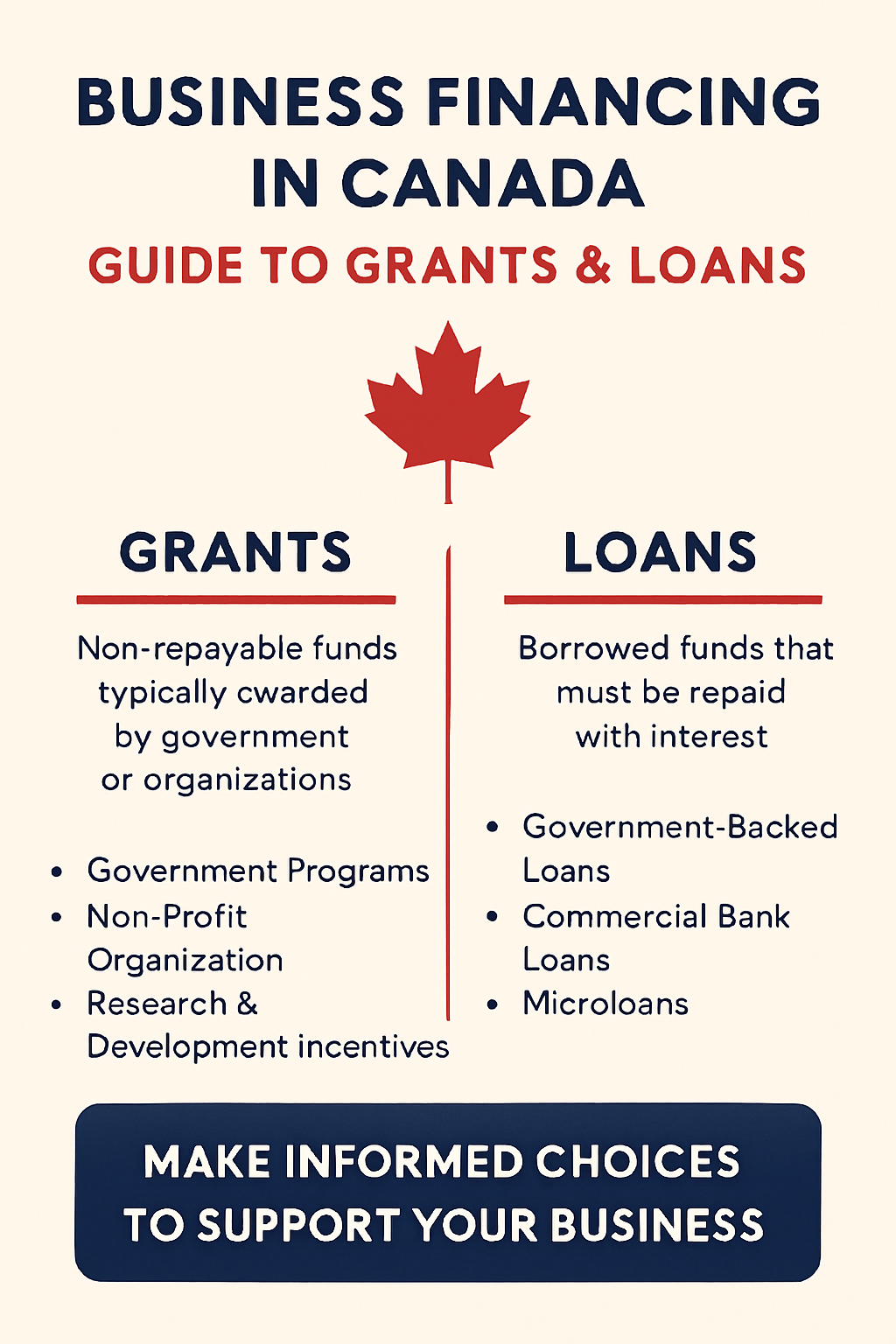Creating a business proposal can seem daunting. However, it's a critical step in landing new clients.
A well-crafted proposal can set you apart from your competitors. It shows your understanding of the client's needs.
But what makes a proposal truly effective? The answer lies in its structure and content.
A business proposal template can become your best ally. It ensures consistency and saves you time.
Templates guide you through the essential elements. They allow you to focus on what's important.
From the title page to the call to action, each part plays a role. They work together to persuade and inform.
Understanding these elements is the key to success. It allows you to tailor your proposal to each client.
This guide explores the essential elements of a business proposal model. You will learn how to use them effectively.
In the end, you will be ready to create compelling proposals that stimulate the growth of your business.
What is a business proposal? Understanding the basics
A business proposal is much more than just an offer. It's a document that presents your plan to provide goods or services to a potential client.
Proposals can be the key to unlocking new opportunities. They directly address the specific needs of the client.
Understanding what makes a strong proposal is essential. This knowledge can set you apart from the competition.
Business proposals are generally divided into two categories: solicited and unsolicited. Both require clarity and persuasion to be effective.
A successful proposal must contain essential elements: a catchy title, a clear solution, and a powerful call to action.
Here are the main parts of a business proposal:
- Title page
- Executive Summary
- Problem Statement
- Proposed solution
- Calendar
- Pricing
- General conditions
Each component plays an important role. Together, they create a narrative that encourages the client to collaborate with you.
Understanding the basics of a business proposal lays the foundation for success. This ensures that your document is clear, professional, and persuasive.
Business proposal vs business plan: key differences
Business proposals and business plans serve different purposes. Although they may seem similar, each has a unique function.
A business proposal is created to offer goods or services to a potential client. It is often used in sales and tendering processes.
Conversely, a business plan is an internal document. It defines the strategy and direction of a company for stakeholders or management.
Here are the main differences:
- Target audience: The proposals are aimed at clients, the plans are aimed at internal teams.
- Objective: The proposals aim to persuade, the plans are there to guide growth.
- Content: The proposals are customer-focused, the plans are oriented towards internal operations.
Understanding these differences is crucial. It ensures that each document effectively fulfills its role.
Types of business proposals: solicited and unsolicited
Business proposals come in two main types: solicited and unsolicited. Each requires a specific approach.
Solicited proposals respond to a specific request from a client. They follow criteria set by the client, ensuring that all their expectations are addressed.
Unsolicited proposals, on the other hand, are initiated by the company. They aim to spark the interest of a potential client without an explicit request.
Summary of differences:
- Solicited proposals : requested by clients, follow strict guidelines.
- Unsolicited proposals : initiated by the company, require a more persuasive approach.
Creating a solicited proposal often requires adhering to detailed specifications.
Unsolicited proposals demand creativity and initiative. They must capture attention and demonstrate value right from the start.
Why use a business proposal template?
Using a business proposal template simplifies the process. It saves you time and reduces errors through a consistent format.
A good template ensures that all key elements are included. This makes your proposal clearer and more complete.
Key benefits of a model:
- Consistency: Uniformity across all your proposals.
- Efficiency: Speeds up document preparation.
- Clarity: Ensures no important sections are forgotten.
Templates also make customization for different clients easier. This flexibility helps you tailor your proposal to each specific need.
By adopting a template, you focus on the quality of the content rather than the layout. This approach enhances your professionalism.
Key elements of a business proposal template
To create an effective proposal, certain elements are essential. Each component contributes to the clarity and impact.
Here is an overview of the key sections:
1. Title Page
The title page introduces your proposal. It should be attractive and contain the basic information.
Include the title of the proposal, the name of your company, the date, and contact details.
A well-prepared title page gives a professional first impression.
2. Table of Contents
The table of contents makes navigation easier. It lists all the sections for quick access.
This section is crucial, especially for long proposals. It allows the client to easily find what they are looking for.
3. Executive Summary
The executive summary provides a quick overview. It presents the key points of your proposal.
It must immediately grab attention, as it is often the first part read.
Key points to include:
- Objective: What do you propose?
- Major benefits: What are the advantages for the customer?
- Solution Summary : Overview of the Proposed Plan.
4. Problem Statement
This section clearly defines the client's needs. It shows that you understand their challenges.
A good problem statement reinforces your credibility and sets the stage for your solution.
5. Proposed Solution
Describe here how you will solve the problem. Be precise and detailed to convince.
Points to include:
- Solution details : How will you proceed?
- Benefits: How does this improve the client's situation?
- Unique value : What sets you apart.
6. Qualifications and Experience
Present your skills and experience to reassure the client.
Include your past achievements, key skills, and any distinctions.
7. Calendar and Milestones
Présentez un calendrier détaillé avec les grandes étapes du projet.
Incluez les dates de début et de fin, les jalons et les échéances.
Un calendrier clair instaure la confiance et montre votre organisation.
8. Pricing and Payment Terms
Be transparent about pricing and terms.
Detail the costs, payment schedule, and the justification of value.
A clear financial section makes decision-making easier.
9. Terms and Conditions
The terms and conditions define the legal and financial obligations.
Be precise and clear to avoid any misunderstanding or future dispute.
10. Call to Action and Next Steps
Finish with a strong call to action. Encourage the client to contact you or to sign up.
Specify the next concrete steps, such as scheduling an appointment or signing the contract.
Customize your proposal template to succeed
Customization is the key to persuasion. Tailor each proposal to the client's needs and context.
Conduct research on their industry and goals to be relevant.
Actions to take:
- Understand their needs : Analyze their problems and expectations.
- Adapt the language: Use terms specific to their industry.
- Include concrete data : Add case studies or relevant figures.
A customized proposal shows your commitment and increases your chances of success.
Best practices for writing a winning proposal
A successful proposal is based on clarity, relevance, and structure.
Begin with an engaging introduction to hook the reader.
Structure the document logically, with a smooth progression between sections.
Best Practices:
- Clear language: Avoid unnecessary jargon.
- Customer orientation : Focus on their specific needs.
- Visual supports: Use graphics or charts to illustrate your points.
Do not hesitate to ask for feedback to improve your proposal. Read carefully to avoid any mistakes.
Visuals, design and layout
Un design soigné rend votre proposition plus attractive.
Choisissez un style professionnel, sobre et facile à lire.
Utilisez des visuels pour clarifier vos propos et aérer le contenu.
Design tips:
- Consistent policies: Simple and readable.
- Color palette : In line with your brand.
- White spaces : For a spacious and pleasant layout.
Good design inspires confidence and demonstrates your professionalism.
Common mistakes to avoid
Some mistakes can harm the effectiveness of your proposal:
- Content too generic: Always personalize.
- Unrealistic promises: Be honest about your capabilities.
- Disorganized layout : A confusing structure discourages reading.
- Lack of a call to action: Always encourage a follow-up.
A well-written proposal inspires confidence and credibility.
Use digital tools for your proposals
Les outils digitaux facilitent la création de propositions.
Ils offrent des modèles professionnels et des options de collaboration.
L’automatisation réduit les tâches répétitives et vous aide à vous concentrer sur le contenu.
Advantages:
- Time-saving : Automate the formatting.
- Collaborative work: Sharing and feedback made easy.
- Professional aspect: Neat and consistent templates.
Adopting technology makes your proposals more effective and professional.
Frequently Asked Questions about Proposal Templates
What is the purpose of a proposal template?
To provide a consistent and professional structure to save time and ensure completeness.
How long should a proposal be?
Detailed enough to be complete, but concise to maintain the client's interest.
Can I customize a template?
Yes! Customization is essential to be relevant.
Do the models suit all sectors?
Yes, they are adaptable to all types of activities.
Which tools to use?
Word, Canva, or specialized proposal software for professional results.
Conclusion: building better proposals for your growth
A compelling proposal is essential for growth.
It demonstrates your expertise and offers a clear and tailored solution.
By incorporating these key elements, you create proposals that reassure and attract.
Key takeaways:
- Adapt to the client's needs.
- Customize your proposals.
- Maintain a professional and engaging tone.
A good proposal is a bridge between your offer and the client's needs.
By refining your approach and using structured templates, you maximize your chances of success and grow your business.



 Carl Lucier
Carl Lucier
